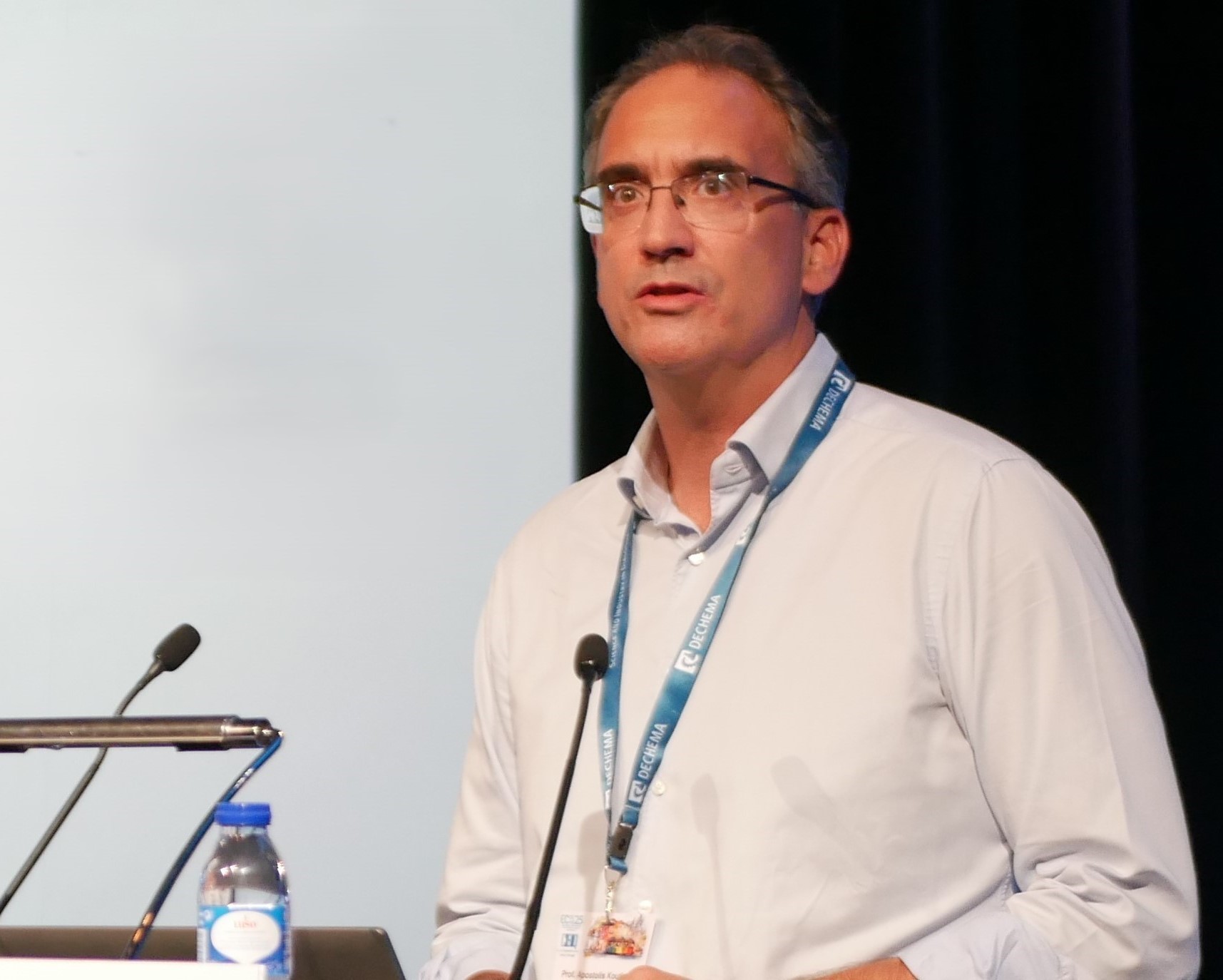The objective of this course is the student:
1) to acquire knowledge on the basic unit operations that are used in food processing plants i.e.
evaporation, filtration, extraction, etc. More specifically, the student should understand the principles governing these processes, know the equipment involved and describe and explain their operation.
2) to acquire the skill in analysis and mathematical description of the main relations between the design and operating parameters of these processes and calculate them.
Upon successful completion of this course the student will be able to:
- describe the various types of evaporators used in liquid food concentration and calculate the effect of operating parameters on the concentration of the final product, evaporation temperature, energy consumption, etc. Also to describe and explain the different ways of saving energy in evaporation calculate the properties of air using a psychrometric chart and the required air flow rate in a hot air drier. Describe the various types of dryers, distinguish the comparative advantages of each one and calculate the necessary time for drying a product
- understand and describe the cooling cycle and the corresponding equipment. Calculate the coefficient of performance of the equipment and the heat load of a refrigerator or a cold room
- understand and describe extraction, understand the mass transfer phenomena involved and calculate the concentration of the extracted substance in the different streams as well as the required extraction time
- understand and describe a membrane separation system and distinguish between osmosis, ultrafiltration and microfiltration
- understand and describe separation by centrifugation, filtration and sieving and the systems for grinding, mixing, extrusion and distillation. Perform basic calculations for these systems
By solving problems, the student will acquire the skill to calculate certain operating and design
parameters in unit operations in food processing and compare different alternative solutions to
achieve high process efficiency and high product quality.

